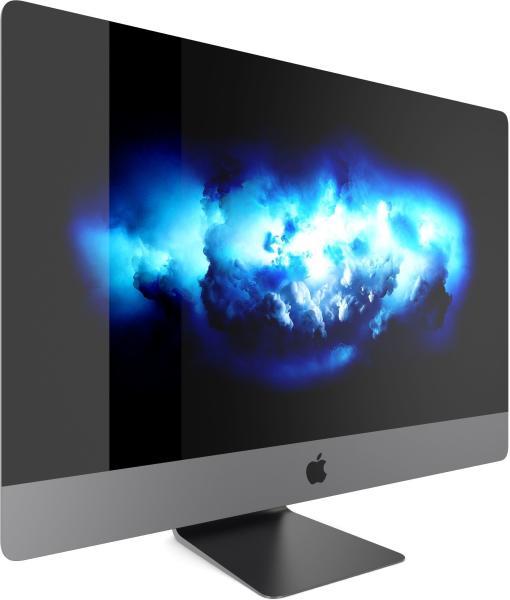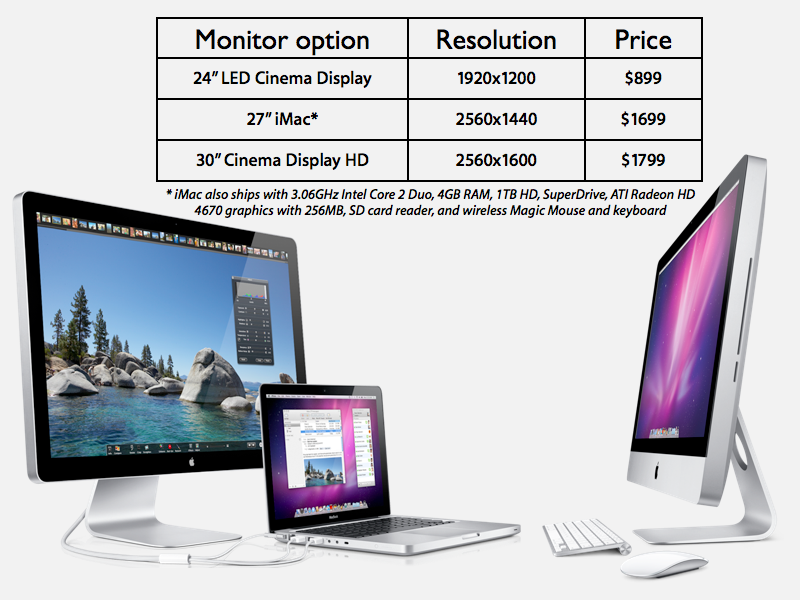


- #LATE 2017 MAC PRO PORTABLE#
- #LATE 2017 MAC PRO PRO#
- #LATE 2017 MAC PRO SOFTWARE#
- #LATE 2017 MAC PRO PROFESSIONAL#
Kaby Lake is partnered with Intel Iris Plus Graphics 640 and 650 graphics on the 13-inch models and Intel HD Graphics 630 with Radeon Pro 555 with 2 GB of memory or 560 with 4 GB of memory on the 15-inch models. That means 4K, HDR video won't just play better and for longer, it'll have less minimal impact on any other apps and processes you want to run on your MacBook Pro at the same time.
#LATE 2017 MAC PRO SOFTWARE#
Handling that compression in hardware also means software doesn't have to do it, which significantly decreases the load on the processor. The successor to the ubiquitous H.264, HEVC compression makes even 4K, 10-bit HDR video faster to stream and download. On the efficiency side, Kaby Lake includes hardware acceleration for H.265, more commonly referred to these days as HEVC (high-efficiency video coding). With Kaby Lake, though, the MacBook Pro is getting a decent increase in both base and turbo frequencies.

I say that because, increasingly over the years, generational advances in chipsets have been less about power and more about power efficiency.

Flash forward to today, though, and Kaby Lake is not only a reality for MacBook Pro, it's better than I expected. That was thanks to Intel, who hadn't yet shipped quad-core versions of Kaby Lake, or Iris Pro versions, which is what Apple uses in the MacBook Pro. The new MacBook Pro originally came with Intel's previous-generation Skylake architecture. The only thing still missing a "MacBook Pro Pro" at the very top - analogous to the just-previewed iMac Pro - that would sacrifice some of that portability and efficiency for gobsmacking amounts of power and memory, for the 1% who still want that the most.
#LATE 2017 MAC PRO PORTABLE#
It makes for a wide range of options that should suit everyone from those looking for a "Retina MacBook Air" to those who want maximum Mac performance in as portable a laptop as possible. Jump up to 15-inches and quad core Kaby Lake, and you're starting at 2,399.00, with BTO options, including discreet graphics, that can take you all the way to 4,199.00. A maxed out 13-inch MacBook Pro will run you $2,899.00. If you want a faster i7 processor, 16 GB of RAM, more SSD storage, 4x USB-C / Thunderbolt 3, and Touch Bar with Touch ID, the price goes up. If price is your most important feature, that gets you into the MacBook Pro for less than last year. This year, the 13-inch sans Touch Bar has been made even more affordable.įor $1299 you now get a 13-inch DCI-P3 Retina display, 2.3GHz dual-core Intel Kaby Lake Core i5 processor that Turbo Boosts up to 3.6GHz, Intel Iris Plus Graphics 640, 8GB 2133MHz LPDDR3 memory, a 128GB SSD, and 2x USB-C / Thunderbolt 3 ports. The 2017 MacBook Pro comes in three models: 13-inch, 13-inch with Touch Bar and Touch ID, and 15-inch with Touch Bar and Touch ID. And even more so than you might initially expect. I suspect, for the vast majority of people, they will. For others, like me, they'll be terrific and once again deliver on the future, right now, today.Įither way, unless you loved the new MacBook Pro at first sight, I strongly encourage you to try before you buy, and when you buy, push them as hard as you need to, as fast as you can, so you can see if they meet your real-world needs.
#LATE 2017 MAC PRO PROFESSIONAL#
What this means to you will depend entirely on your personal preferences and professional requirements. They've got Touch Bar and Touch ID but not a touch screen, and there's no option for anything but Apple's incredibly flat, incredibly divisive new keyboard. (eGPU, coming soon, might fix that - but at an additional cost.) They've got a 16 GB memory limit that, while mitigated by compression and SSD speed, may not prove enough for the most demanding professionals. The potential unlocked by all of it is enormous.īut they've got graphics that, while they can run dual 5K displays at the high end, can't run VR or the highest end games. It's got a more expansive Force Touch trackpad and the option for an all-new Touch Bar input strip and new-to-Mac Touch ID fingerprint identity sensor. The ports, 2 or 4 depending on the model you choose, are the new, unified Thunderbolt 3 / USB-C and are faster and more flexible than ever. It's got SSD so fast you might just mistake it for RAM. The high-density Retina display now supports wide color, higher brightness, and better contrast. Often at the expense of traditional processing and graphics power, memory, and price. Every few years Apple flips the table on MacBooks, going thinner and lighter in design and more cutting edge in display, input technologies, storage, and ports.


 0 kommentar(er)
0 kommentar(er)
